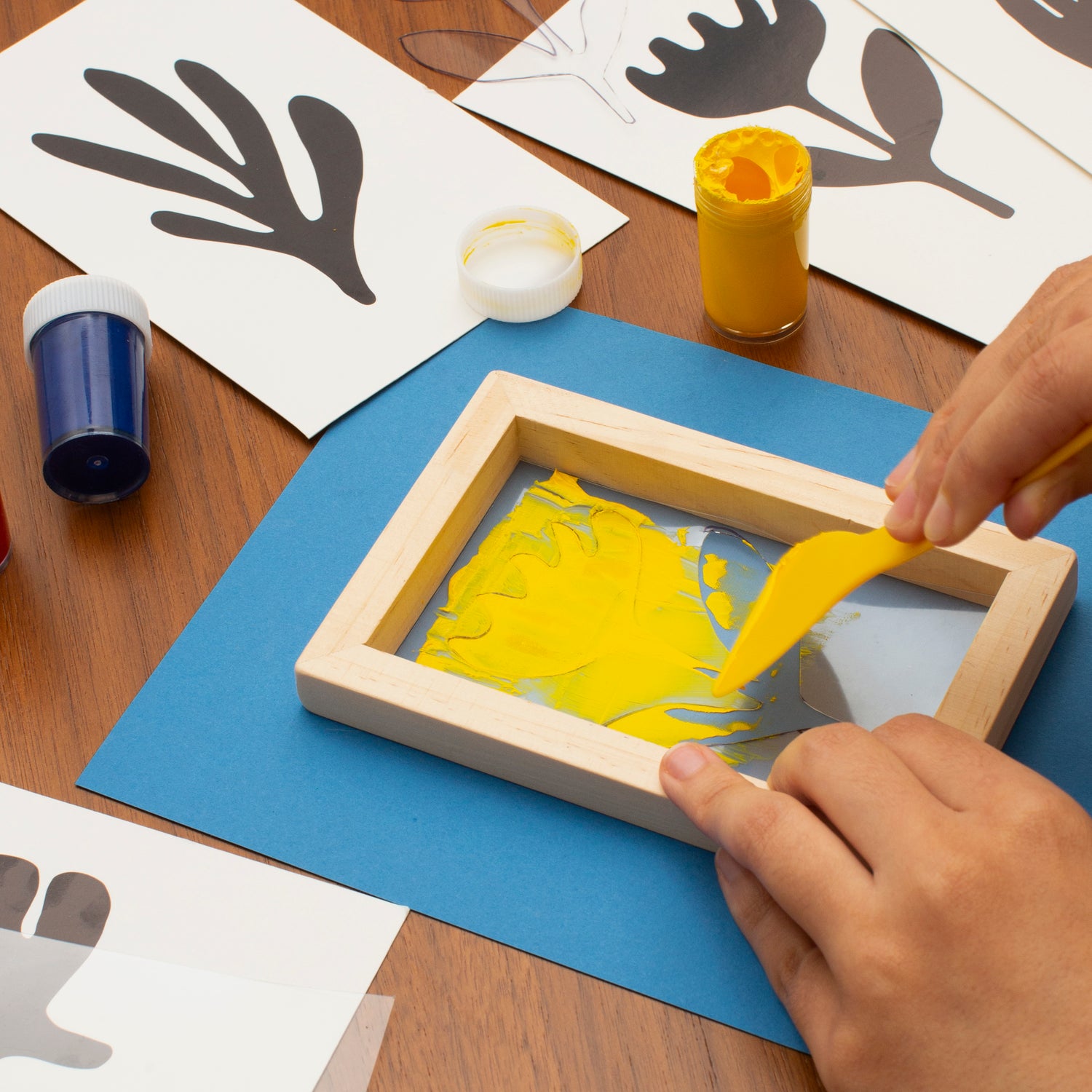ChatGPT said: How to customize your apparel with 10:9 Design Screen Printing in 3 easy steps
The Vital Guide to Understanding Screen Printing and Its Versatile Uses
Screen printing has an abundant history that goes back to old times, progressing right into a sophisticated method made use of across different industries today. This guide checks out the intricacies of the screen printing process, describing its applications in home, fashion, and advertising style - 10:9 Design Company. Comprehending these principles can open up imaginative possibility for both imaginative and industrial projects. The following sections will reveal vital pointers and methods to improve one's screen printing endeavors
The Background of Screen Printing
Although screen printing has roots that trace back centuries, its evolution reflects the technical and creative innovations of numerous cultures. Originating in ancient China, the technique was originally used for decorating fabrics and later spread to Japan, where it became important to Ukiyo-e woodblock printing. The technique moved to Europe in the 18th century, where it got popularity among artisans and commercial printers. The invention of image solution in the 20th century changed screen printing, permitting even more elaborate styles and higher effectiveness. Artists like Andy Warhol further pushed its appeal, using the tool to develop renowned works that blended commercialism and fine art. By the late 20th century, screen printing had actually developed itself as a flexible technique, utilized in vogue, marketing, and art. Today, it proceeds to advance, integrating electronic technology and expanding its applications across various sectors.
The Screen Printing Process Explained
Screen printing changes creative visions right into substantial layouts with a series of precise steps. An image is created and then transferred onto a screen, typically made of great mesh material extended over a frame. A light-sensitive solution is applied to the screen, which is exposed to light, hardening in areas not covered by the image. After rinsing the unhardened emulsion, a stencil is developed.
Next, the screen is positioned over the substratum, whether it be fabric, paper, or one more material. Ink is then pressed through the open areas of the pattern utilizing a squeegee, transferring the style onto the substrate listed below. This procedure can be repeated for several colors, needing separate screens for each and every color. Lastly, the printed product is treated using warm to guarantee the ink adheres effectively, resulting in a sturdy, vibrant layout all set for usage.
Kinds of Screen Printing Techniques

Furthermore, specialized techniques, such as discharge screen printing, eliminate dye from the textile to develop softer prints, while foil screen printing uses metal aluminum foil to accomplish a shiny coating (10:9 Design Texas). Each method uses distinct characteristics, accommodating various imaginative demands and production ranges, eventually increasing the possibilities within the screen printing domain
Applications of Screen Printing in Different Industries

Additionally, the signage and advertising fields make use of screen printing for creating appealing display screens and banners. This approach enables vibrant colors and complex styles that record focus. In electronics, screen printing is used for applying conductive inks to motherboard, vital for part connections. The home décor industry welcomes screen printing to create distinctive styles on fabrics and wall art. Generally, screen printing serves as a crucial device across diverse fields, improving items with personalized and visually appealing graphics.
Tips for Successful Screen Printing Projects
While undertaking a screen printing project, cautious interest to information can substantially improve the last result. Initially, selecting premium materials is crucial; this includes the screen, inks, and substrates. Making use of appropriate mesh matters can influence ink deposition and information resolution. Prep work is equally essential; thorough cleansing of screens and correct exposure times assure crisp prints.
Next off, accurate enrollment is critical for multi-color prints. Using alignment devices can help achieve precise layering. Additionally, screening prints on scrap products before manufacturing aids determine possible concerns without losing resources.

Regularly Asked Inquiries
What Materials Are Best for Screen Printing on Fabric?
Cotton and polyester blends are excellent for screen printing on fabric as a result of their sturdiness and ink absorption. In addition, specialized fabrics like silk or canvas can create special appearances and coatings, boosting the overall layout top quality.
How Do I Clean and Maintain Screen Printing Tools?
To preserve and clean screen printing devices, one must on a regular basis wash displays with ideal solvents, examine mops for wear, lube moving parts, and shop all things in a dry, dust-free environment to lengthen their lifespan.
What Are the Environmental Effects of Screen Printing?
Screen printing can have considerable ecological impacts, including chemical waste from solvents and inks, water usage throughout cleansing processes, and energy consumption. Lasting techniques and eco-friendly materials are vital for lessening these adverse this link results.
Can Screen Printing Be Done at Home Efficiently?
Screen printing can be efficiently done at home with the right products and strategies. Hobbyists can create top quality prints, though success relies on their skill degree, devices, and understanding of the process included.
What Are the Prices Associated With Starting a Display Printing Service?

Starting a screen printing business includes costs for equipment, materials, and work space. Initial expenditures normally vary from a few hundred to a number of thousand bucks, depending on the range, high quality of machinery, and desired manufacturing ability.
Screen printing has an abundant history that dates back to ancient times, evolving into a useful source sophisticated method used throughout various markets today. An additional technique, rotary screen printing, employs round displays, facilitating continuous printing on fabric rolls, thereby improving efficiency for massive manufacturings. Furthermore, specialized methods, such as discharge screen printing, eliminate color from the material to develop softer prints, while foil screen printing uses metal aluminum foil to attain a glossy her comment is here coating. In the style market, screen printing is widely utilized to produce vibrant styles on clothing, enabling brand names to display their one-of-a-kind designs. Cotton and polyester blends are optimal for screen printing on textile due to their toughness and ink absorption.